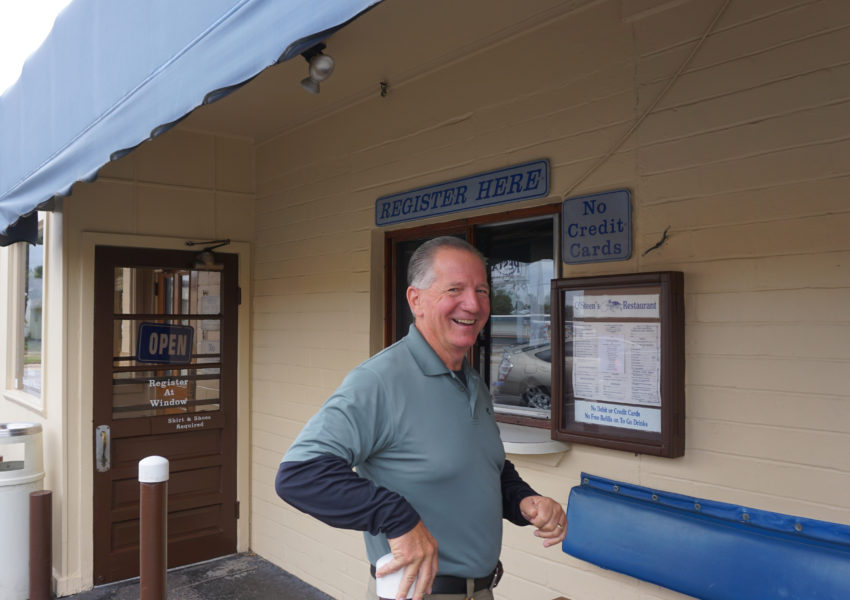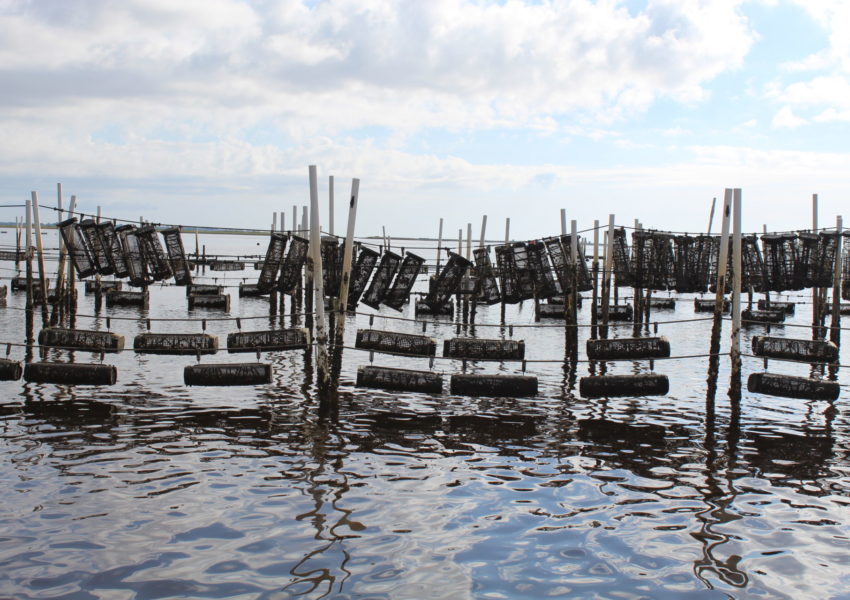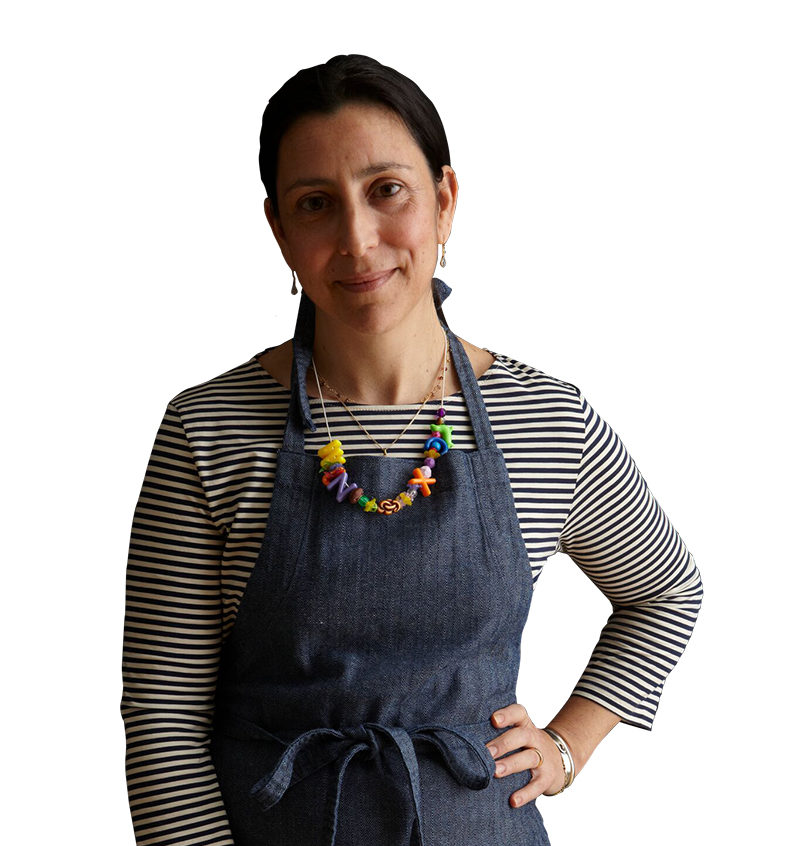Here’s an old St. Augustine saying you don’t hear much any more: “Mullet on the beach!” It’s the rallying cry of the Minorcans, a multicultural group descended from indentured workers brought to northeast Florida in the eighteenth century.
The shout could clear out churches, businesses, and schools as Minorcan families dropped everything and headed for the beach, hand-sewn castnets in hand, after the schools of mullet running off the coast. Though the call has faded over the decades, “mullet on the beach!” suits the Minorcans: it speaks to the close knit, self-sufficient nature of a people who have long relied on area waterways for food and commerce.
The Minorcans along Florida’s First Coast trace their history back to 1768, when Scottish speculator Andrew Turnbull cast his colonial sights on northeast Florida. Turnbull hoped to cultivate indigo for Europe’s fashion markets, and purchased 100,000 acres south of St. Augustine. He populated the tract with indentured laborers from across the Mediterranean, believing them to be best suited to Florida’s climate.[1]
Turnbull’s workforce included recruits from Greece, Italy, and Minorca, a small island off the coast of Spain; the Minorcan contingent was by far the largest. Plantation conditions in Florida proved harsh, and in just nine years, nearly 1,000 of Turnbull’s workers died from malnutrition, malaria, scurvy, and gangrene. The remaining 300 fled to British St. Augustine in 1777, where they were granted parcels of land to settle.[2]
Since then, the vibrant Minorcan community has fortified the culture and foodways of the nation’s oldest city. The nexus of Spanish island culture, disparate Mediterranean traditions, and New World adaptations has long intrigued visitors. An author for the 1939 Federal Writers’ Project Florida: A Guide to the Southernmost State, for example, recorded St. Augustine’s Minorcan offerings: “On narrow, twisting side streets, Minorcan restaurants offer pilau (a highly seasoned potpourri of rice with boiled meat, fish, or fowl), fried shrimp, chowders, and gopher (land turtle) stew.”[3]
Today, roughly 26,000 Minorcan descendants live in St. Johns County, Florida. Contemporary Minorcan cuisine is a throwback to times of scarcity, and reflects regional and seasonal availability. Dishes like pilau (pronounced perlow or perloo)—a composed rice dish with tomatoes, protein, and spices—once stretched limited ingredients to fill hungry mouths. It remains a staple. The Datil pepper, a spicy pepper endemic to northeast Florida (but often traced incorrectly to Minorca), helped preserve and flavor a variety of sauces, soups, and stews. Family recipes for Minorcan clam chowder and smoked mullet speak to important connections to area rivers, estuaries, and beaches.
In September 2015, St. Augustine will celebrate its 450th anniversary as the longest continually occupied European settlement in the United States. This collection of interviews is a small snapshot of a diverse, proud people who helped keep the nation’s oldest city afloat and fed.
~ Anna Hamilton
[1] Beeson Jr., Kenneth H. Fromajadas and Indigo: The Minorcan Colony in Florida. Charleston: The History Press, 2006.
[2] Griffin, Patricia. Mullet on the Beach: The Minorcans of Florida 1768-1788. Jacksonville: University of North Florida Press, 1991.
[3] Federal Writers’ Project, Florida: A Guide to the Southernmost State. New York: Oxford University Press, 1939. 246








